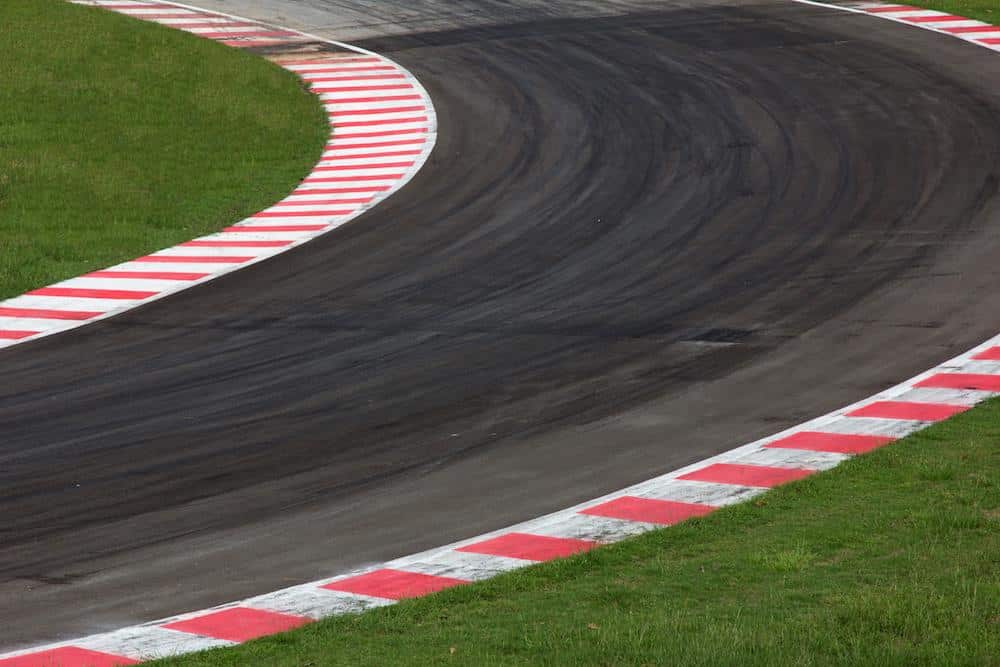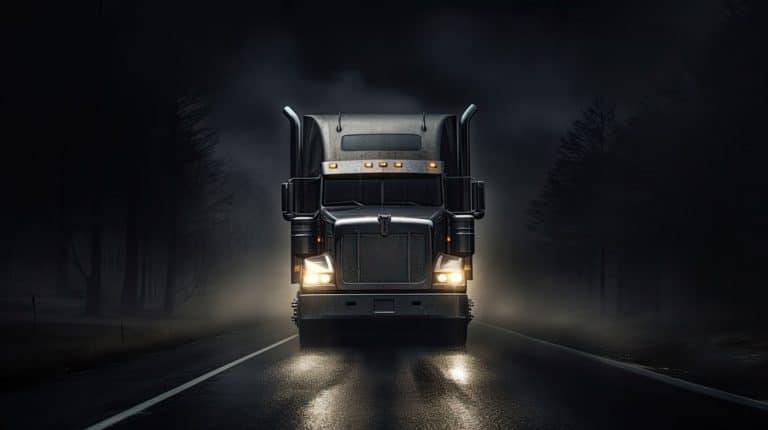The U.S. has recently seen the biggest spike in traffic deaths in the last fifty years, and technology might have something to do with it. Although smartphones, and the technology that surrounds them, seem to make our life easier from day to day, these devices also seem to be making the distracted driving issue incredibly complicated. Just recently the NY Times published an article about a product liability suit filed against Apple in Texas, concerning a crash from 2013. Ashley Kubiak had been driving down the highway as she checked her iPhone and suddenly crashed. The collision killed the driver and passenger of the other vehicle, as well as leaving a child paralyzed. The lawsuit was filed by the families of the victims on the grounds that: “Apple knew its phones would be used for texting and did not prevent Ms. Kubiak from texting dangerously”. Although many legal experts do not believe the suit will be successful, a crucial piece of evidence from the case suggests that Apple may have a solution for keeping drivers concentrated on the roads.Technology
distracted driving issue incredibly complicated. Just recently the NY Times published an article about a product liability suit filed against Apple in Texas, concerning a crash from 2013. Ashley Kubiak had been driving down the highway as she checked her iPhone and suddenly crashed. The collision killed the driver and passenger of the other vehicle, as well as leaving a child paralyzed. The lawsuit was filed by the families of the victims on the grounds that: “Apple knew its phones would be used for texting and did not prevent Ms. Kubiak from texting dangerously”. Although many legal experts do not believe the suit will be successful, a crucial piece of evidence from the case suggests that Apple may have a solution for keeping drivers concentrated on the roads.Technology
Since 2014 Apple has held a patent to lock out drivers from their phones while the vehicle is in use. Although it is unknown if Apple has fully developed the software, we do know that the technology for locking out a driver has been created by other companies and is available to users of smartphones right now. Most of the technologies available to keep a driver focused on the road are used on a voluntary basis. A user would have to download a private application to their cell phone and then activate it whenever they are driving to prevent them from receiving texts, or similar notifications. Although these technologies are a great tool and used by many responsible people, there is still the element of decision involved. Some advocates for this type of software want to eliminate the personal decision altogether and instead have these features automatically programmed into the cell phone to activate every time a user gets in a car, whether the driver chose to activate the technology or not. There are many concerns about all phones carrying automatic locking technology, due to the issues that could accompany the glitches. For example, if you are a passenger seated right behind the driver, your phone may lock as well upon movement of the vehicle. Another concern would be that if an emergency were to occur, you may not be able to access your phone features. Even if the technology does not have any glitches, companies such as Apple may be wary to force such restrictive technology on their consumers. The upside of keeping the consumer safe may not outweigh the potential loss of business, due to competitors staying with the norm and letting drivers make the ultimate decision. In the opinion of Christopher Kutz, a professor at the University of California, Berkeley, School of Law, “They’ve (Apple) made themselves a norm maker. With great power comes great responsibility”.
Law
California is hoping that a new law put into effect earlier this month will take the decision away from the driver, but with a different approach. The new law restricts drivers from even holding their cell phones while driving. Although previous legislation in California prohibited the use of a cell phone, for call or text while driving, there was not explicit language concerning FaceTime, SnapChat, or other interactive software. Lawmakers know that this is not the exclusive solution, but this is a step in the right direction, and it could help deter the temptation to check a notification.
Psychology
According to the NY Times article, AT&T announced in a news release in 2014, “Using a phone sets off releases of a neurochemical called dopamine that makes it hard to resist the ping”. Similar to addiction, the need to check the newest notification on your phone is a chemical reaction in your brain, making it hard to resist. “If that desire for a dopamine fix leads us to check our phones while we’re driving, a simple text can turn deadly,” said the founder of the Center for Internet and Technology addiction. Ashley Kubiak, from the 2013 Texas crash, now puts her cell phone in the back seat, which goes to show how tempting it can be to check while driving. Even after the trauma she has caused and witnessed due to her cell phone, it is still so tempting that she must keep it out of her reach. As we have seen, the problem of distracted driving is a complex one. There is no simple answer, and to find a solution we must attack it from several angles. Professionals from the technology industry as well as lawmakers and psychologists will keep trying to brainstorm solutions and keep us moving towards safer driving practices. “Technology got us into this situation. Technology will get us out,” said Deborah Hersman, the president of the National Safety Council.


